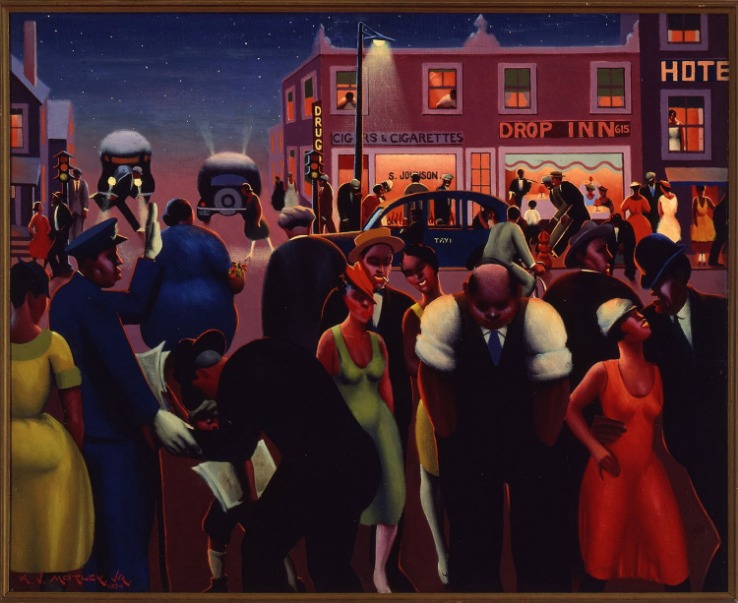Throughout history, black art has been a powerful medium for expression, resistance, and cultural pride. Rooted deeply in cultural heritage, it encompasses a broad spectrum of styles, themes, and mediums, reflecting the diverse experiences of Black artists across the globe. From traditional African sculpture to contemporary street art, these artistic creations narrate stories of triumph, struggle, and identity.
The Historical Evolution of Black Art
The origins of black art can be traced back to the ancient civilizations of Africa. African art has long been celebrated for its intricate carvings, vibrant textiles, and symbolic masks that often served as spiritual and societal tools. These early forms laid the groundwork for the rich visual lexicon that would evolve over the centuries.
African Art and Its Influence
African art has significantly influenced Western art movements, particularly during the early 20th century. Artists like Pablo Picasso and Henri Matisse drew inspiration from African masks and sculptures, leading to the rise of movements such as Cubism and Fauvism. The bold lines, abstract forms, and spiritual significance found in traditional African art provided a fresh perspective that challenged conventional European artistic norms.
Harlem Renaissance: A Cultural Rebirth
Read more about Black Art here.
The Harlem Renaissance, which took place during the 1920s and 1930s, marked a pivotal moment for African American artists. This cultural movement saw an unprecedented outpouring of black art, literature, music, and thought. Artists like Aaron Douglas and Augusta Savage played instrumental roles in highlighting the beauty and resilience of Black culture. Their work not only celebrated African American identities but also addressed pressing social issues, from racial inequality to civil rights.
Contemporary Perspectives in Black Art
Today, black art continues to evolve, reflecting the dynamic experiences of Black people around the world. Contemporary artists navigate a complex landscape of cultural identity, political activism, and aesthetic innovation. Their work is exhibited in prestigious galleries, public spaces, and digital platforms, reaching a diverse audience.
Street Art as Social Commentary
Street art has emerged as a potent form of expression for many Black artists. Murals and graffiti often serve as canvases for social commentary, addressing issues like police brutality, systemic racism, and economic disparity. Artists like Bankslave and Sophia Dawson use public art to spark dialogue and inspire change within their communities.
Exploring New Mediums and Technologies
The digital age has opened new avenues for black art. Virtual reality, digital painting, and multimedia installations allow artists to push creative boundaries and reach global audiences. Artists such as Kerry James Marshall and Njideka Akunyili Crosby integrate traditional techniques with modern technology to create immersive and thought-provoking works.
The Impact and Importance of Black Art
The significance of black art extends beyond aesthetics; it is a vital component of cultural preservation and social advocacy. By telling authentic stories and challenging oppressive narratives, Black artists contribute to a more inclusive and equitable world. Their work fosters understanding, fosters empathy, and inspires future generations to embrace their heritage and champion their rights.
In celebrating black art, we honor the creativity, resilience, and profound cultural contributions of Black artists. Their enduring legacies continue to shape the artistic landscape, reflecting the rich tapestry of Black experiences and elevating the universal human spirit.


